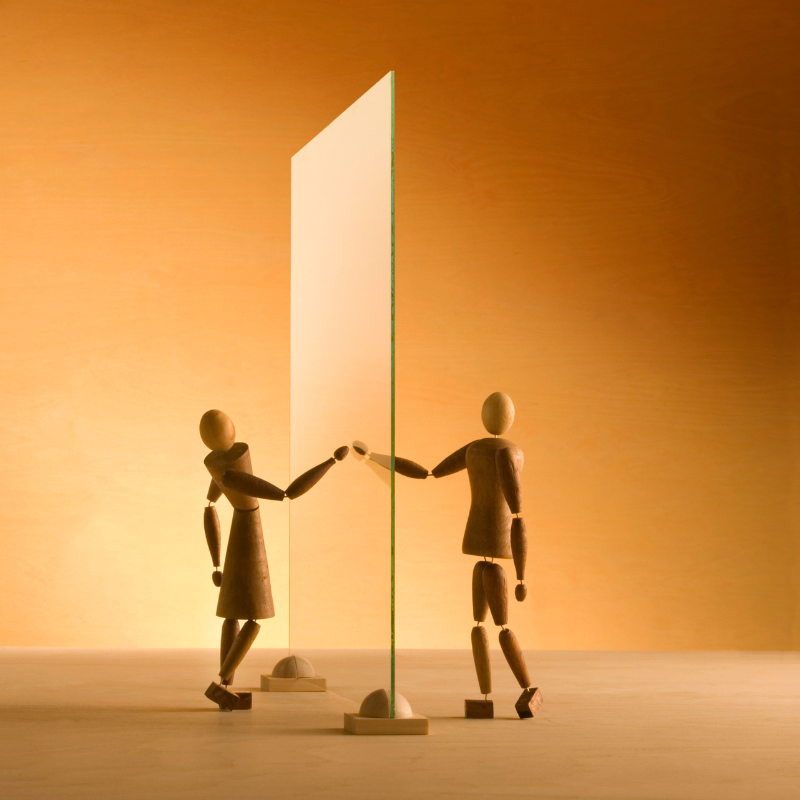In the first part of this blog, I talked about how we have come to believe if someone has beliefs that don’t align with our own, they must be a bad person. You can read part one here.

As I wrote in Part 1, this mistaken belief convinces us we have to protect ourselves from one another. It is the inevitable result of viewing one another as separate selves, rather than as what we really are: apparently separate reflections of the same, single, infinite being. If the word God is comfortable for you, use it. I tend to avoid the word because it comes with specific beliefs, one of which is that we’re separated from God, and can only feel God’s presence in us under certain conditions.
That simply doesn’t ring true for me. If God is an infinite being, as described in the Judeo-Christian tradition, how can we possibly exist outside of or apart from God? To claim that would be, as Rupert Spira has said, “the ultimate blasphemy.”
If, on the other hand, each of our apparently separate selves arises from this single, infinite being, we don’t enjoy the presence of the divine only under certain conditions; our very existence is the presence of the divine.
In the illusory world of the separate self, some things, not many, are regarded as being sacred. And given this view, it’s not strange we don’t see ourselves on the list of sacred things.
If we don’t regard ourselves as sacred, how can we possibly hope to see those who don’t agree with us as sacred?
The world of the separate self is a world where friction between people is the norm, where we turn away from and even demonize anyone who thinks differently, looks differently, behaves differently. Ultimately, this leads to war, and the justification for war is usually some form of “God is on our side.” Which raises the question, exactly how many sides can God possibly be on?

When the illusion of being separate collapses, we experience ourselves as expressions of the single being we all share. You’ve probably experienced this many times in your life, when you’ve been with friends or family, or just people around whom you feel comfortable. These are the times when any sense of self-consciousness or aloneness is replaced by a sense of oneness. The apparent boundaries between us disappear, and we have a direct experience of our connection to everyone and everything.
When this becomes your lived experience, instead of only certain, special things being sacred, everyone and everything is revealed as sacred. When this becomes your world, there is simply no impulse to abuse anyone, or abuse yourself, or to take advantage of them, or to treat them unkindly. You’ve seen the truth: they’re just you, in different bodies, with different thinking, and the reverse is true. You’re just them, in a different body, with different thinking.
For years, I believed that the key to letting people see through their apparent differences was early education, with special emphasis on reading, and I still think it’s important; I just no longer see it as the key to solving our differences. The same is true for technology. It can’t bring us any closer together until we realize we’re already one.
The single thing that can solve our differences is to help people see for themselves they share the same, single being. I’m committed to this because I realize it’s the single thing I can do that contributes the most to the world I’d like to see.
What is it you’re committed to, and are you willing to live a life that is an expression of that commitment?
If you would like to know when The Slightly Older Person’s Guide to Graceful Aging comes out, please click here to put your name on the list. To read my other articles, click here.




